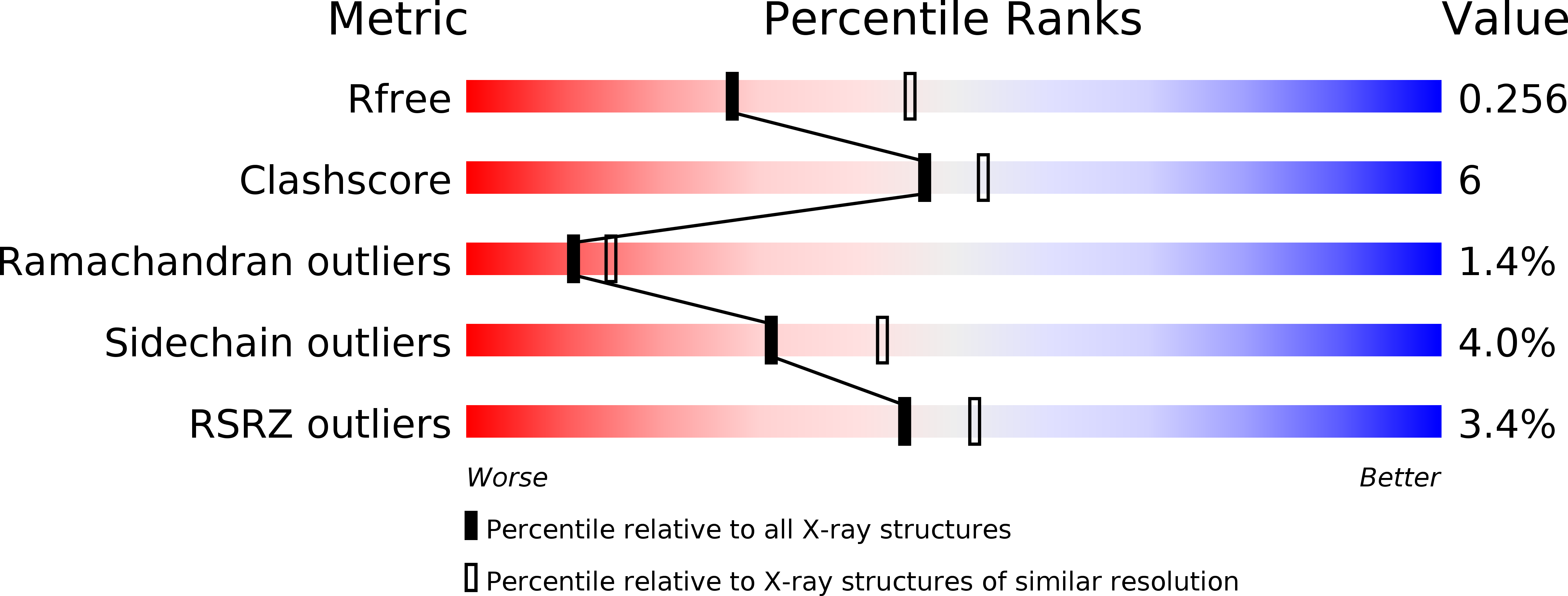
Deposition Date
2015-11-14
Release Date
2016-01-20
Last Version Date
2023-09-27
Entry Detail
PDB ID:
5ERO
Keywords:
Title:
Crystal structure of elongation domain of Phomopsis amygdali fusicoccadiene synthase complexed with cobalt ions and pamidronate
Biological Source:
Source Organism:
Phomopsis amygdali (Taxon ID: 1214568)
Host Organism:
Method Details:
Experimental Method:
Resolution:
2.55 Å
R-Value Free:
0.25
R-Value Work:
0.21
R-Value Observed:
0.21
Space Group:
C 2 2 21


